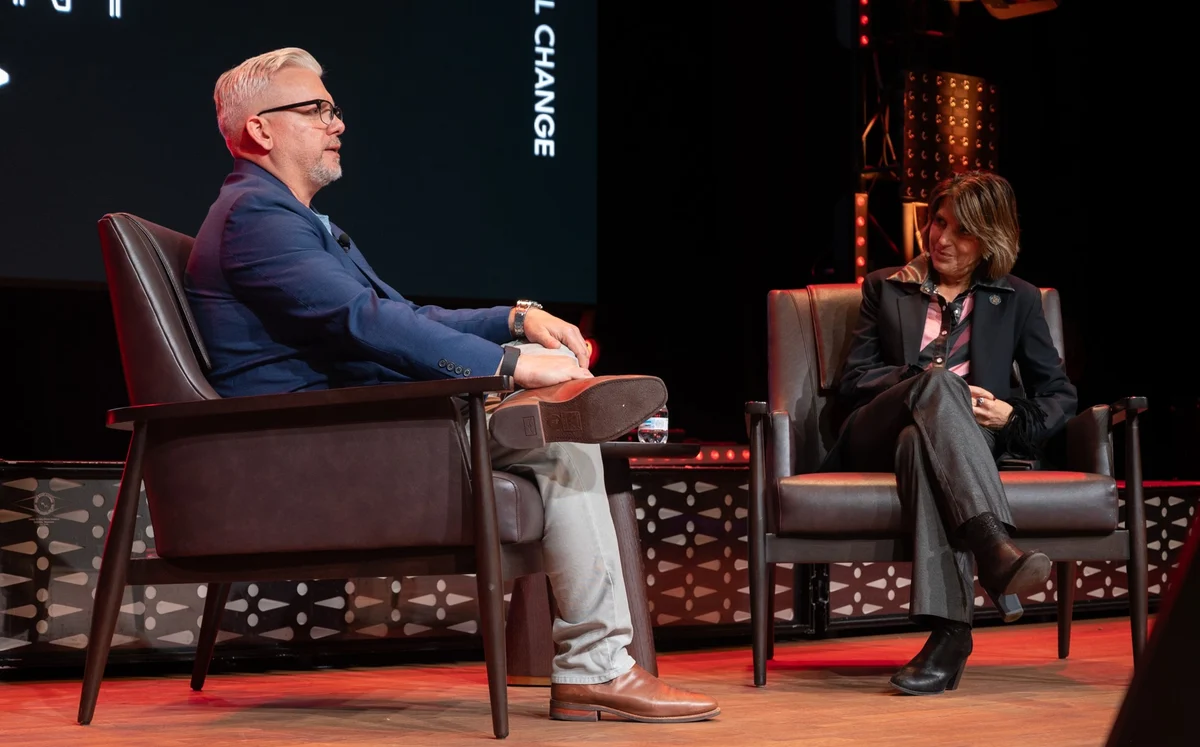Build culture infrastructure with intention, integrity, and feedback loops that scale.
The session block at Prodacity 2025—“Winning Culture”—featured three perspectives on one shared objective: building and sustaining organizational cultures that deliver. From Matt K. Parker’s research-backed insights, to Steven Spear’s systems-first reframing, to a deeply personal fireside reflection from Bryon Kroger and Brian Andrews, the message was clear:
Culture isn’t a side effect. It’s an engineered outcome.
This session dismantled the myth that culture is about vibes, perks, or slogans. Instead, it revealed how winning cultures are intentionally built through leadership decisions, workflow, and organizational feedback loops.
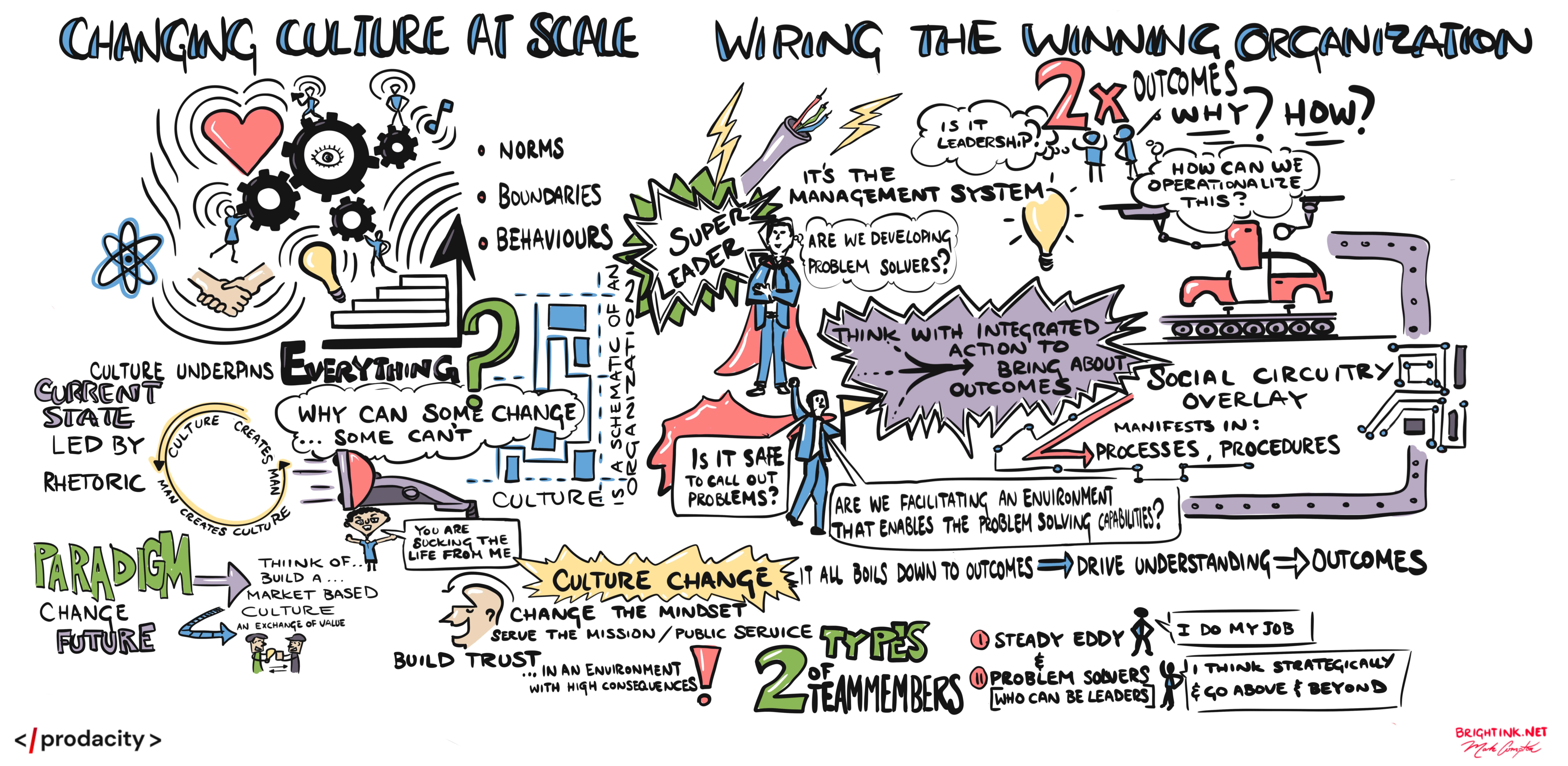
1. Culture Follows the Flow of Information
“The most important design decision an organization makes is who gets to know what, when.” – Matt K. Parker
Matt Parker opened with a deceptively simple premise: most organizations don't have a culture problem—they have a flow problem. His research on productive, high-trust teams revealed that the best-performing cultures are simply the ones where:
- People know what’s going on
- They can act on what they know
- They’re not punished for surfacing problems
Parker emphasized that culture is the accumulated consequence of thousands of design choices—about communication, decision rights, and transparency.
What federal leaders can do:
- Map how information flows (or doesn’t) across missions.
- Push decision-making to the edge—closer to the work.
- Reward teams for raising signals, not just delivering outcomes.
This isn’t just good culture—it’s a strategic advantage in complex, adaptive environments.
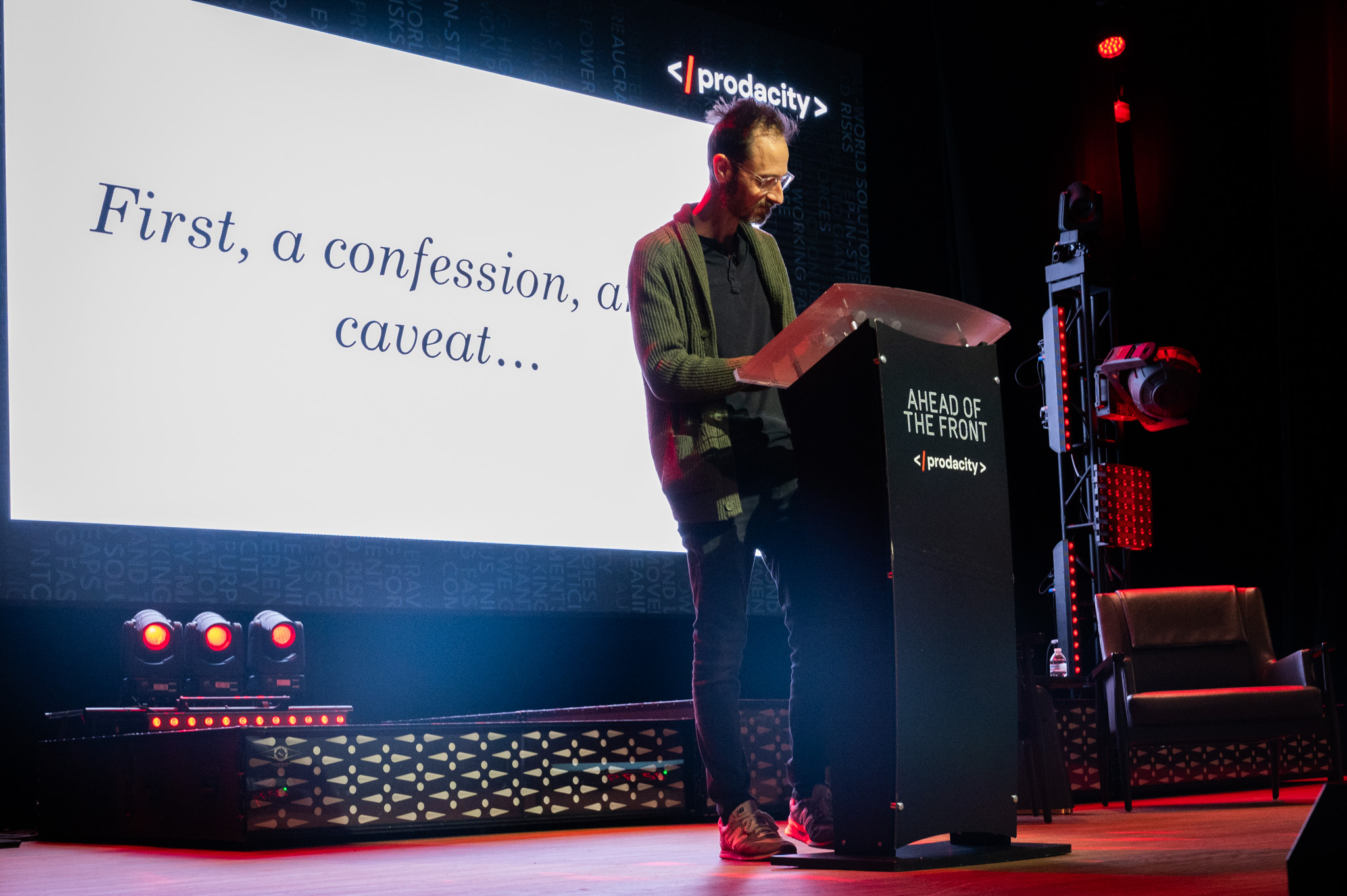
2. Winning Cultures Are Wired for Learning
“The faster you can discover and solve problems, the more competitive you become.” – Steven Spear
Steven Spear laid down the systemic foundation for culture: organizational wiring. Drawing from his work with healthcare systems, nuclear subs, and Toyota, Spear argued that learning—not hierarchy—is what makes organizations durable and adaptive.
He offered a model of three enablers:
- Seeing what’s going on (transparency of operations)
- Testing hypotheses fast (embedded experimentation)
- Spreading useful discoveries (high-fidelity feedback loops)
He also called out a critical blocker in many federal and large enterprise systems: undiscussable problems. When teams hide or ignore issues, the system gets dumber. And slower.
Federal transformation leaders should focus on:
- Engineering systems to surface ambiguity, not suppress it
- Giving teams structured ways to experiment—even in regulated domains
- Creating rituals that prioritize sharing learnings across silos
If you want a culture that wins, you need a system that learns.
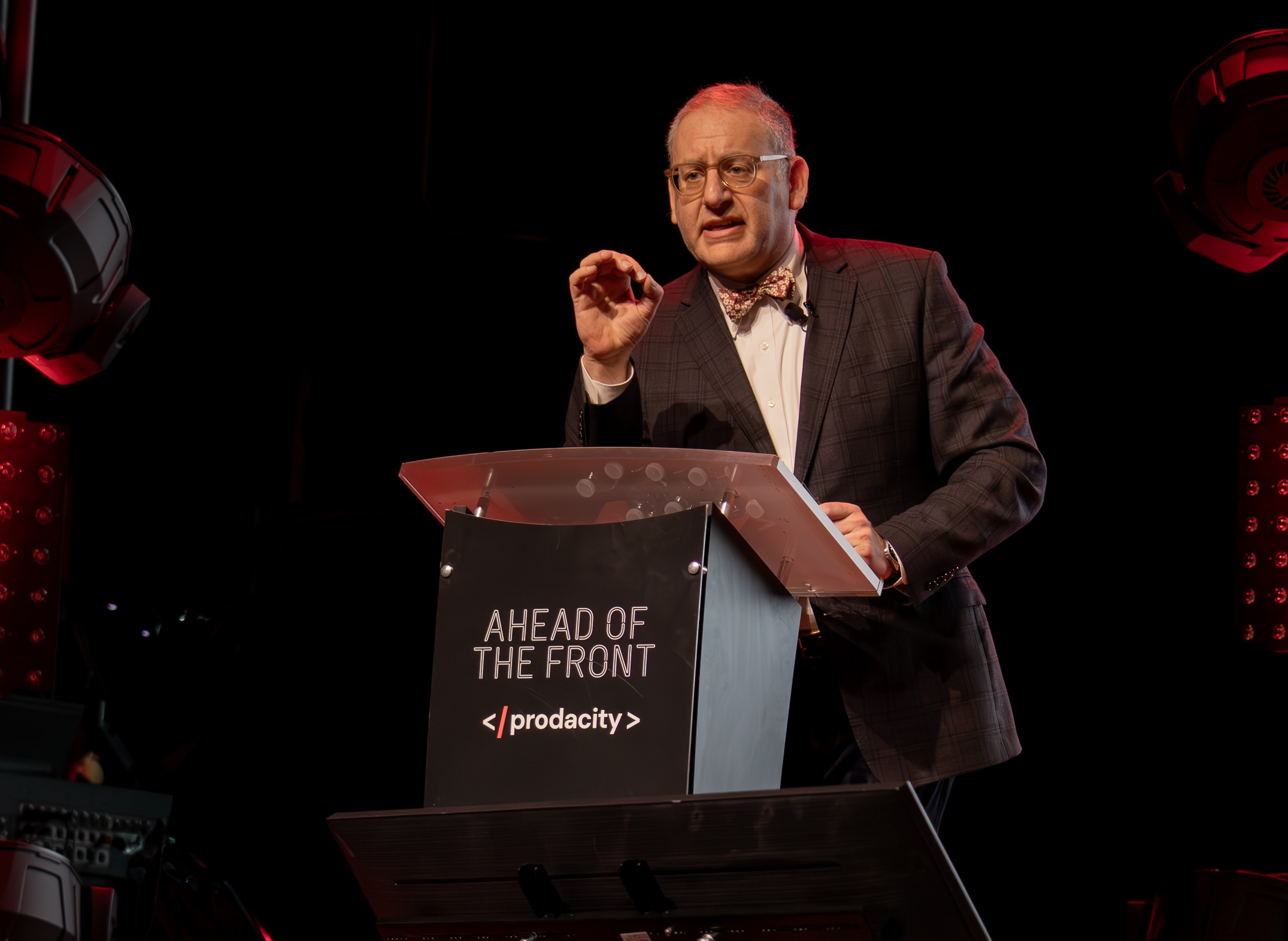
3. From Scarcity to Surplus: Culture Starts with How We See Each Other
“If you’ve never experienced psychological safety, it feels like a threat.” – Bryon Kroger
The fireside chat between Bryon Kroger and R. Brian Andrews peeled back the personal layer beneath culture change. Reflecting on Rise8’s own journey, they surfaced an essential truth: people bring their histories to work—and how they’re treated shapes what they believe is possible.
Kroger spoke candidly about transitioning from a zero-sum mindset to one of abundance and trust. Andrews echoed that healthy culture isn’t just about shipping fast, it’s about seeing people clearly and creating space for their growth.
They emphasized that leaders have to model the behavior they want the culture to adopt:
- Admit when they’re wrong
- Talk about failure without fear
- Anchor performance in learning, not ego
Tactical shifts for federal teams:
- Make “psychological safety” an operating principle, not a poster.
- Promote people who help others grow, not just individual performers.
- Celebrate learning moves—experiments, questions, pivots—as success.
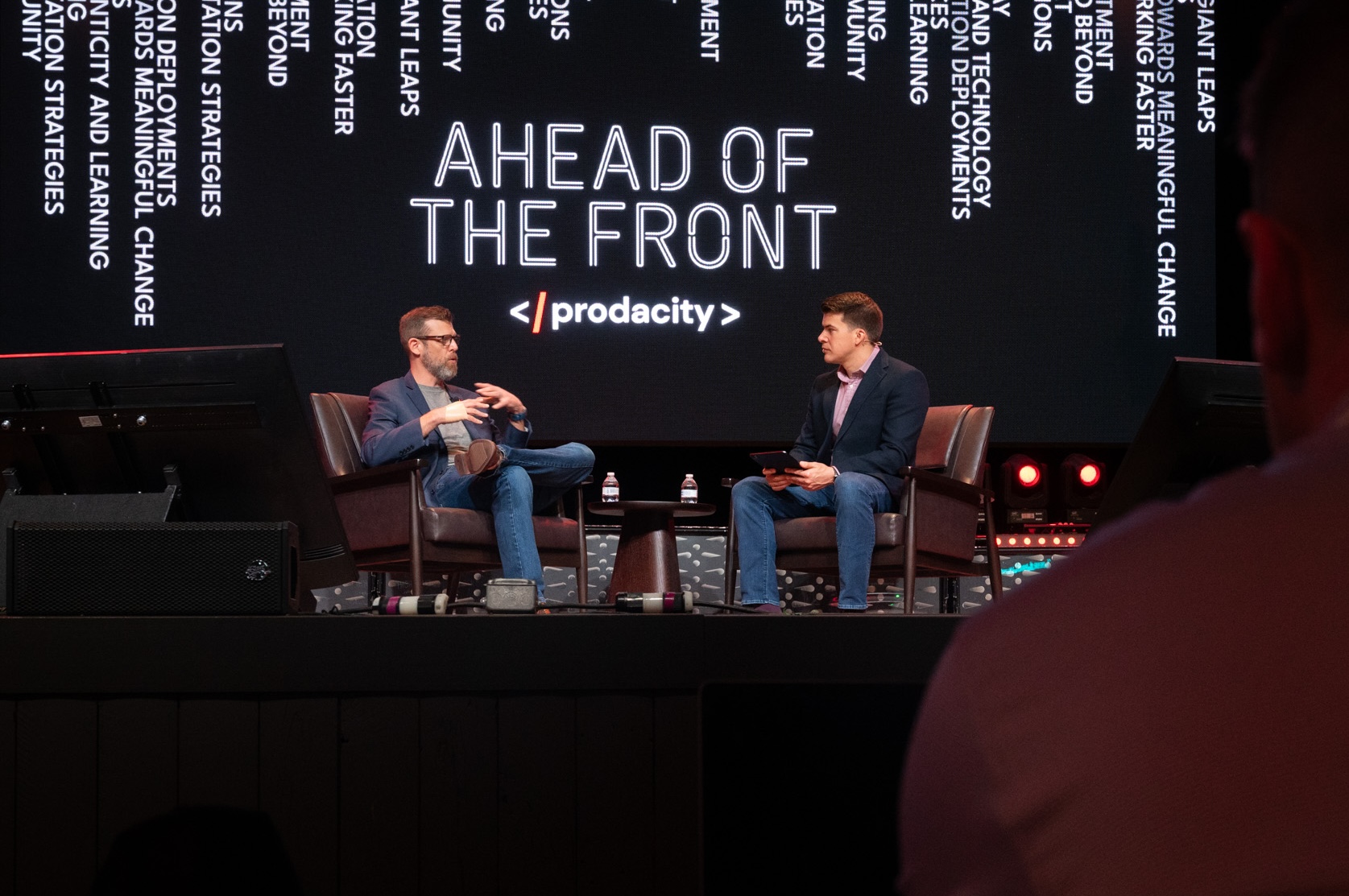
4. Build Culture Like You Build Software: With Feedback Loops
Each speaker made this case: culture isn’t abstract—it’s infrastructure. And like any system, it needs constant calibration.
What works:
- Short loops between problems and action
- Shared vocabulary around what “good” looks like
- Honest retrospectives that actually inform behavior
What doesn’t:
- Top-down mandates with no supporting behaviors
- Heroics as a substitute for process
- Silence in the face of tension
Culture becomes durable when it stops being aspirational and starts being testable.
TL;DR: What This Means for Federal Agencies
- Culture problems are often system design problems. Fix the flow.
- Engineering for learning is more powerful than enforcing control.
- Trust isn’t a soft value—it’s a performance multiplier.
- Feedback loops make or break your culture—build them with care.
About the Prodacity 2025 Blog Series
This blog is part of the Prodacity 2025 Blog Series, spotlighting the highest-impact takeaways from across the event. This edition covers the “Winning Culture” session block, featuring talks from Matt K. Parker, Steven Spear, and a fireside conversation with Bryon Kroger and R. Brian Andrews.
Explore more blogs in the series, or subscribe for updates. Culture is your operating system—make sure it runs clean.

.jpg)
.jpg)

